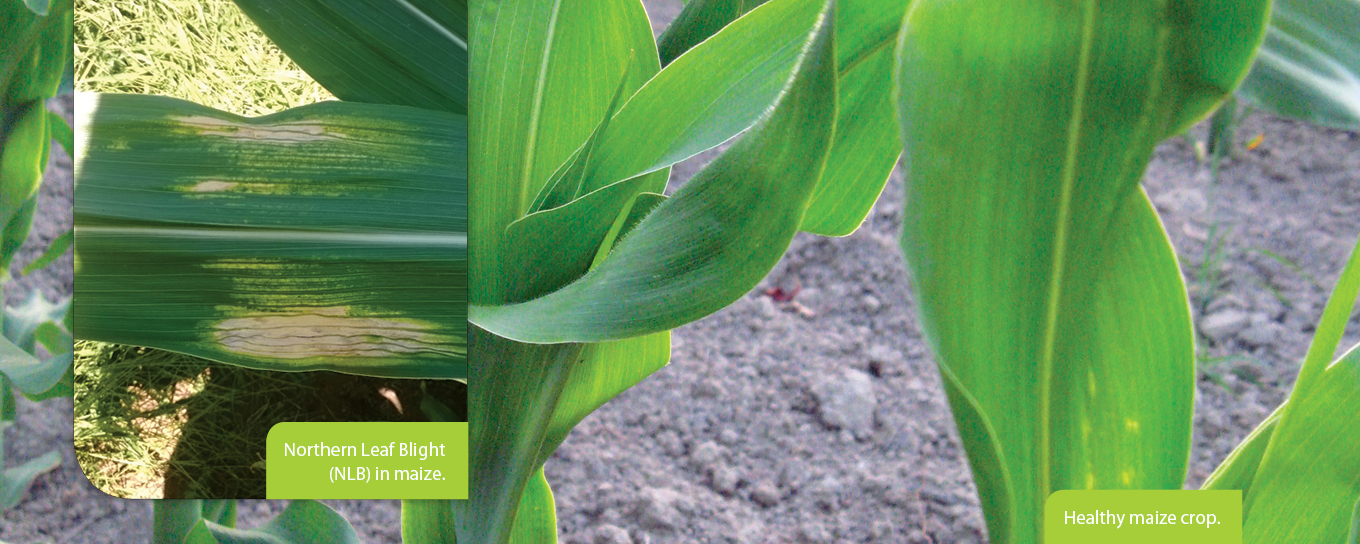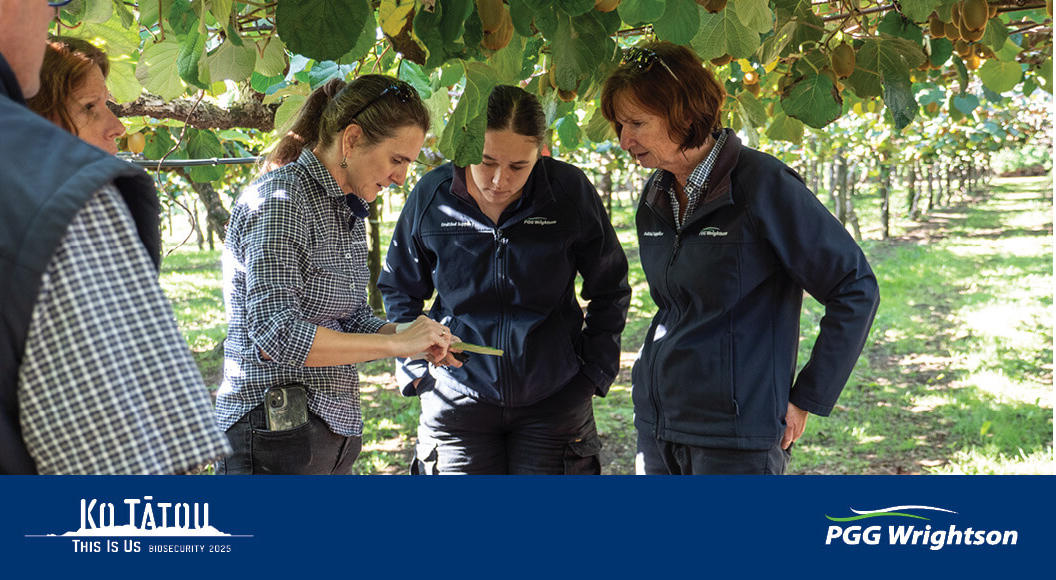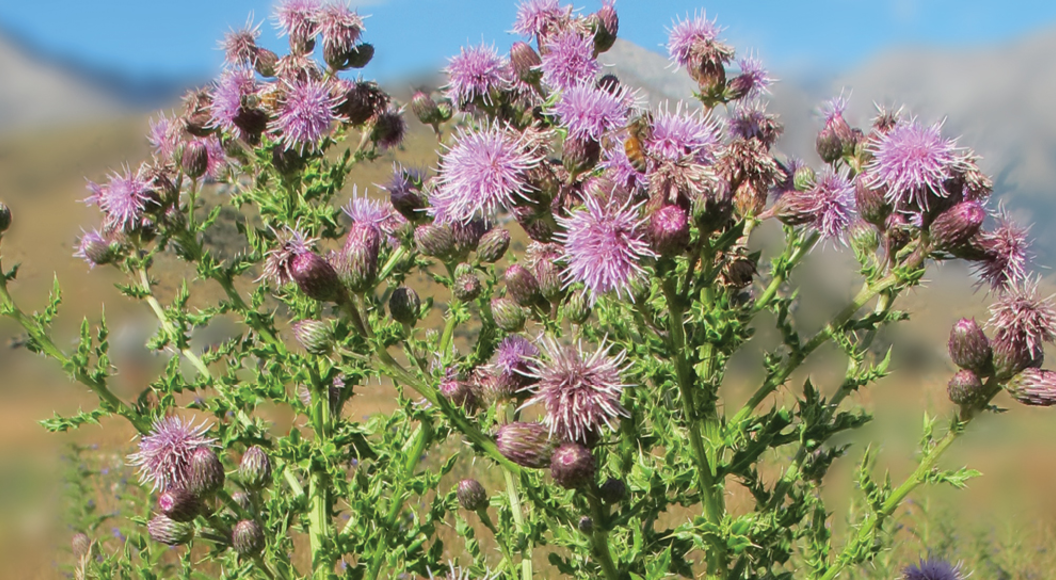
Don't let disease rob your maize crop
Maize gets a number of diseases and they can all affect the final yield, but one of the most damaging is Northern Leaf Blight (NLB) caused by the fungus Exserohilium turcicum.
NLB overwinters in infected maize leaves, husks and trash from the previous crop. The NLB fungal spores are produced when environmental conditions are favourable in the spring and early summer; then with the aid of rain splash and wind, NLB infects the new plant growing in the same or neighbouring paddock.
New developing leaves that are exposed to periods exceeding 12 hours of wet or damp conditions and temperatures between 18 to 27 degrees are susceptible to infection from NLB if the fungal spores are present. Then heavy dews and warm humid conditions spread the disease rapidly and move the infection to the lower leaves and cob. The most common and most damaging time for infection in New Zealand is December to January.
Yield loss from NLB is driven by the loss of leaf area. With weather conditions favouring infection from the early tassel stage in the crop, yield can be impacted by as much as 30 percent. With an infection later than this stage, the impact is considerably less and there is an increased risk of lodging.
So what can you do to manage the risk?
- Crop rotation
Growing maize crops back-to-back in the same paddock increases the amount of inoculum passed from one crop to the next, so try to avoid this. - Maize grain
Crops of maize grown after a maize grain crop are more susceptible to infection than after a silage maize crop because more stova is left after harvest. - Cultivation
If you fully cultivate after harvesting the maize, burying all of the residue, then there is less plant material to infect. Direct drilling, minimal cultivation and strip tilling leave trash on the surface can lead to an infection risk to the next crop. - Hybrid selection
All major seed breeders publish the susceptibility of each hybrid to NLB, so when choosing your hybrid, make sure you take this into account. - Planting date
Late planted crops are at higher risk from developing NLB as there is more inoculum around in the environment from earlier planted and infected crops. The later planted crops are more likely to be at an earlier growth stage when infected. - Fungicides
There are a few products with activity on NLB but they have to be sprayed either before or at early infection, protecting the plant from infection rather than trying to cure it. The best time to prevent the worst impact of disease is at early tassel stage; usually this has to be done by an aircraft because of the crop height. - Monitor
Ensure you monitor the crop through the high risk infection period and growth stage.
For more advice on how to manage and control NLB, contact your local PGG Wrightson Technical Field Representative.


